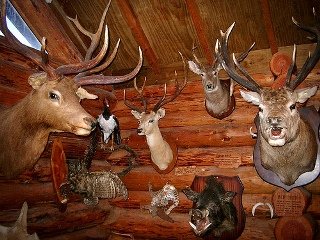
Most Midwestern hunters are fortunate enough to always be close to a taxidermist, but western and back country hunters do not have that luxury. If you are part of the second group, you owe it to yourself and to your trophy animal to know how to properly care for your…








